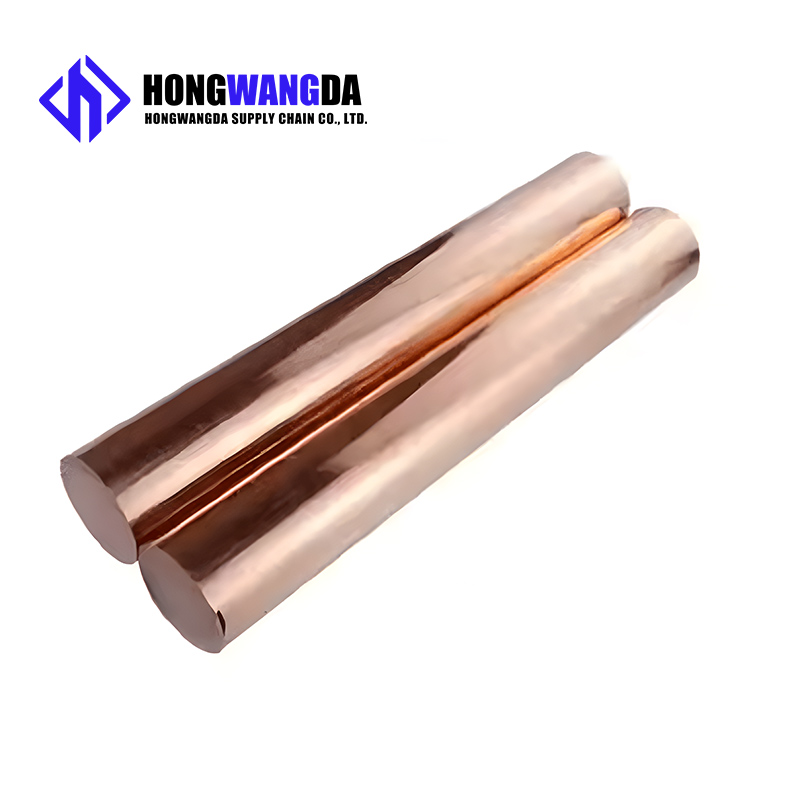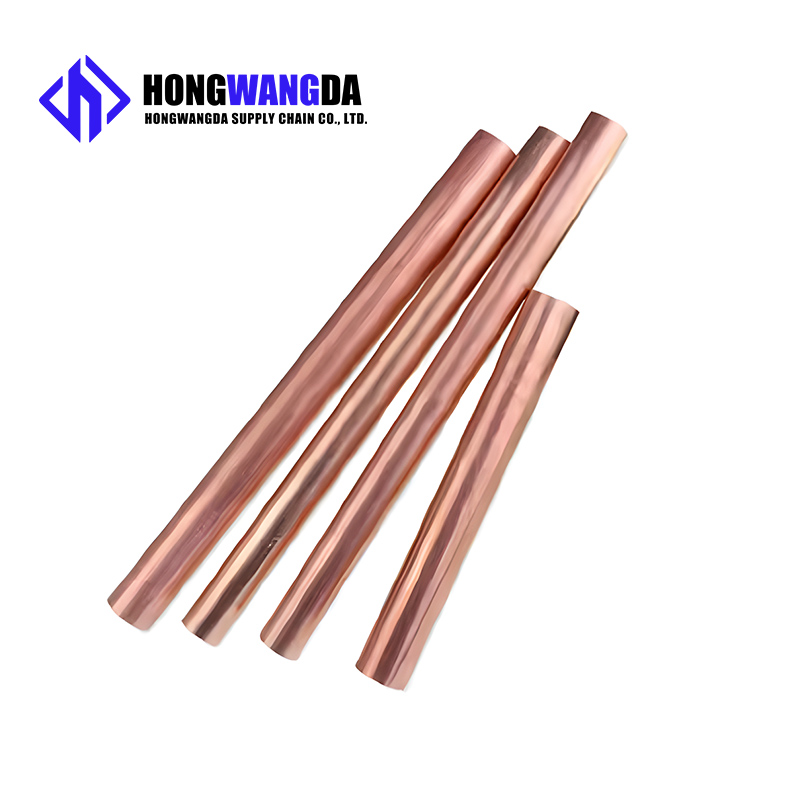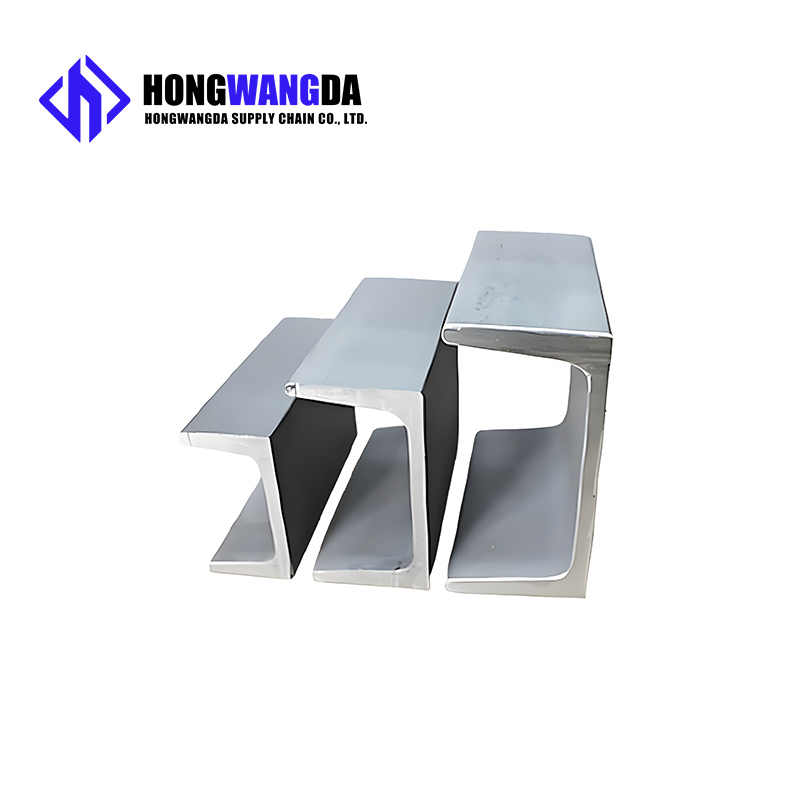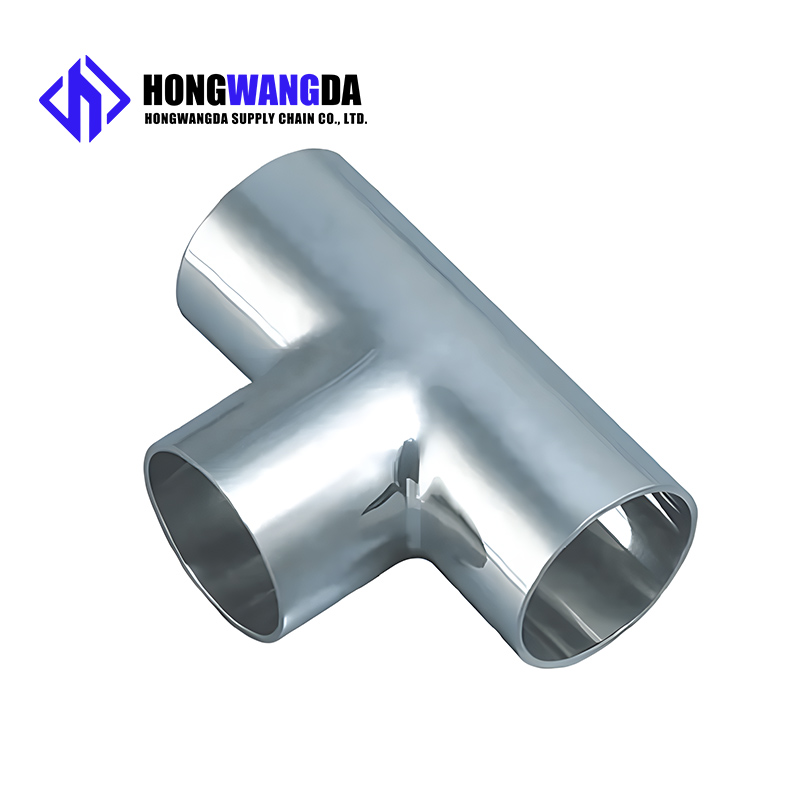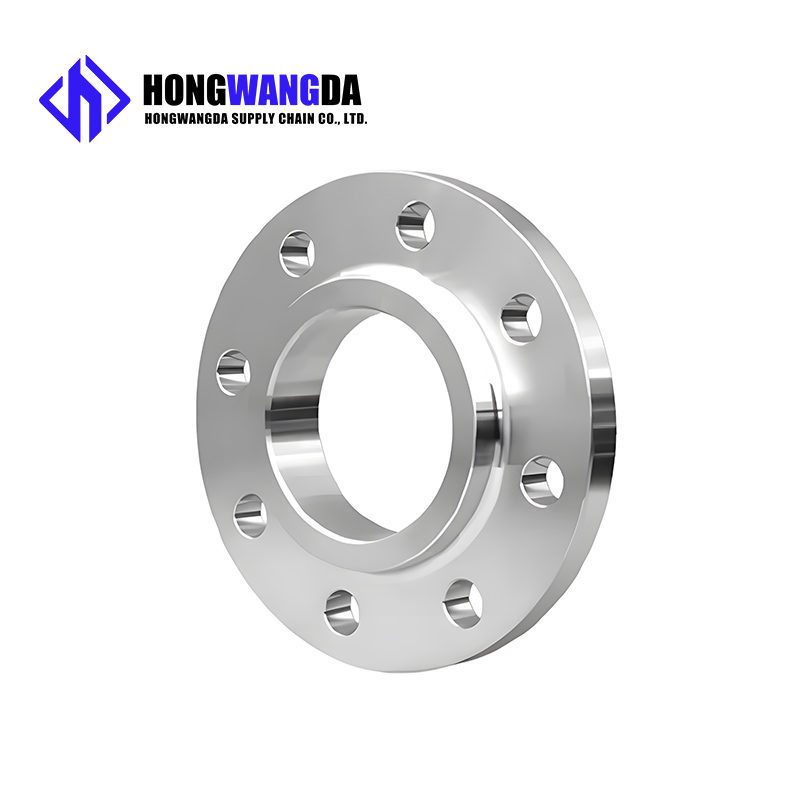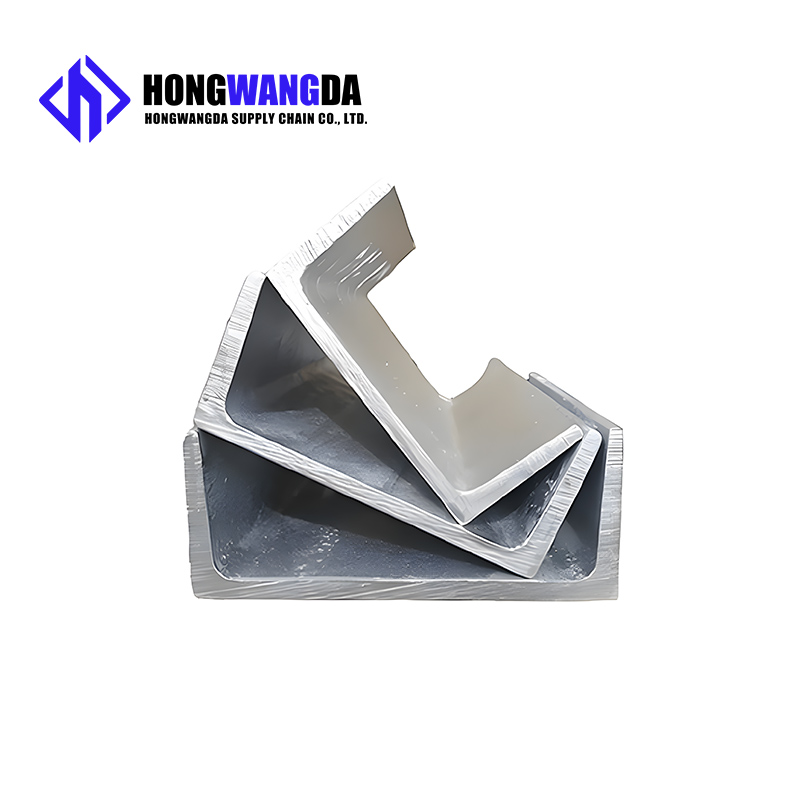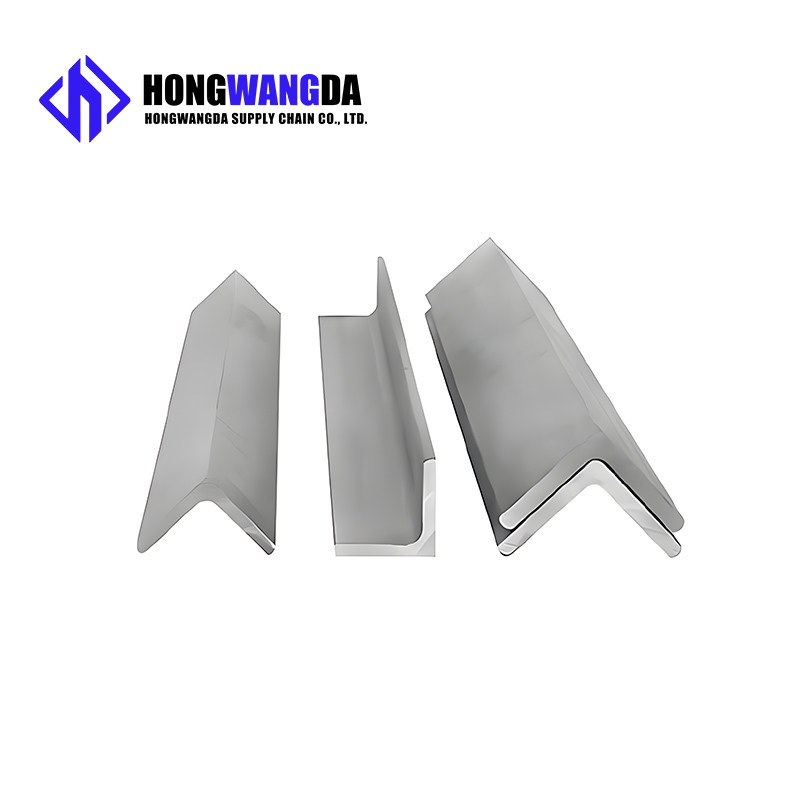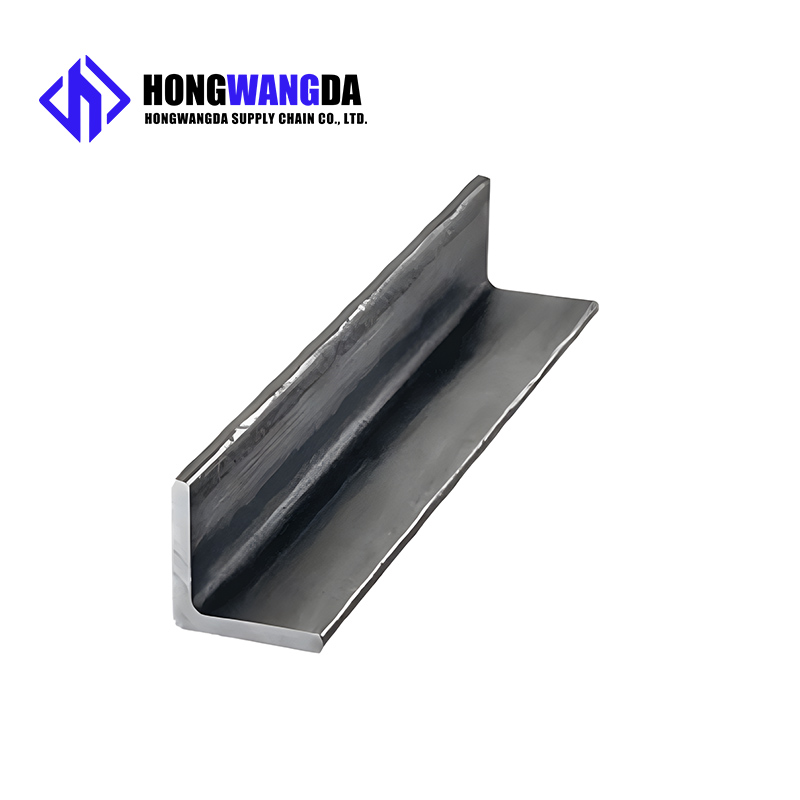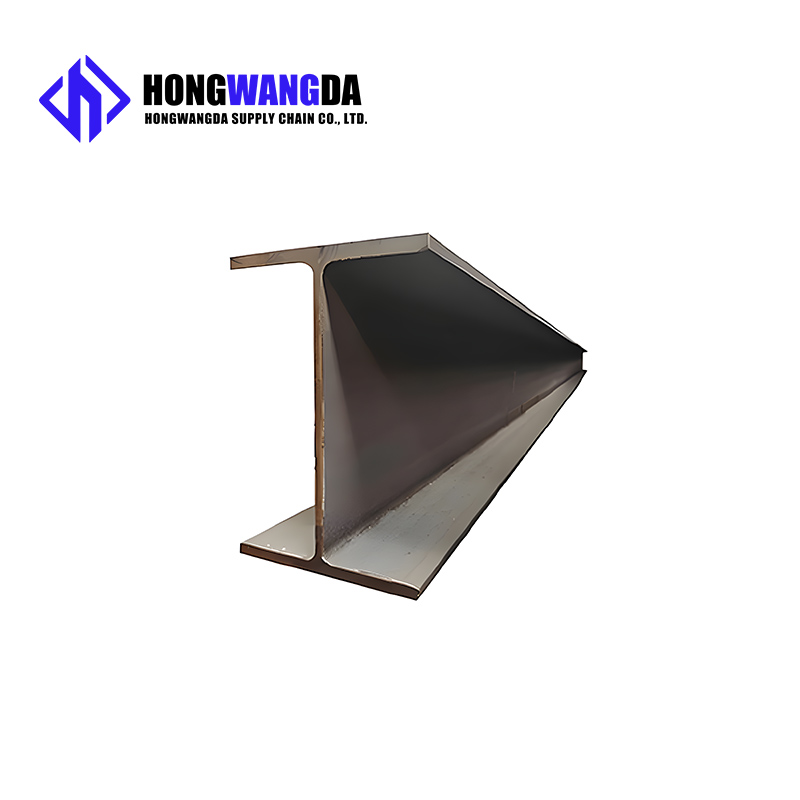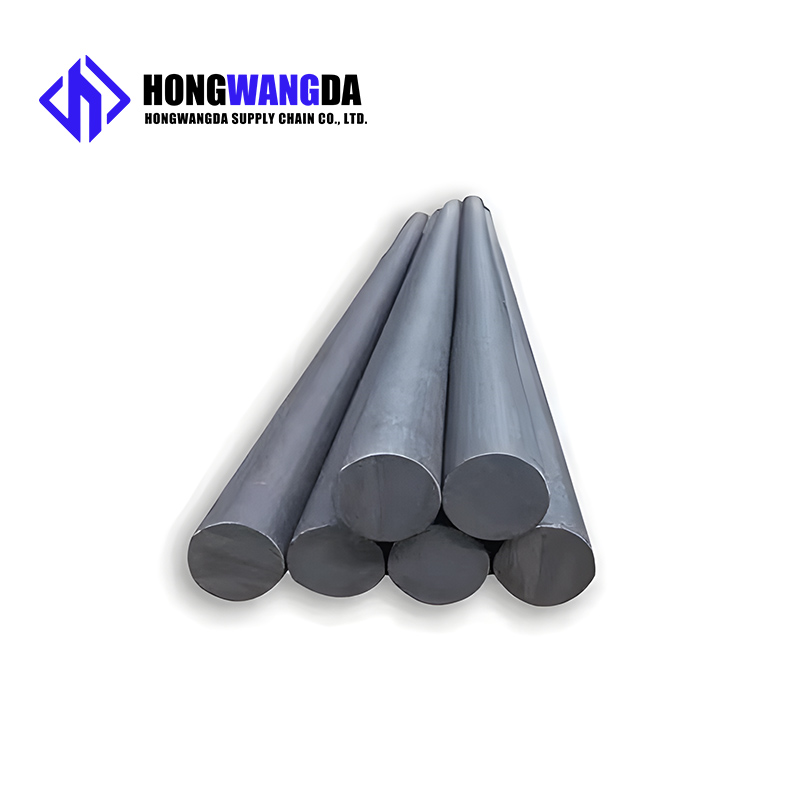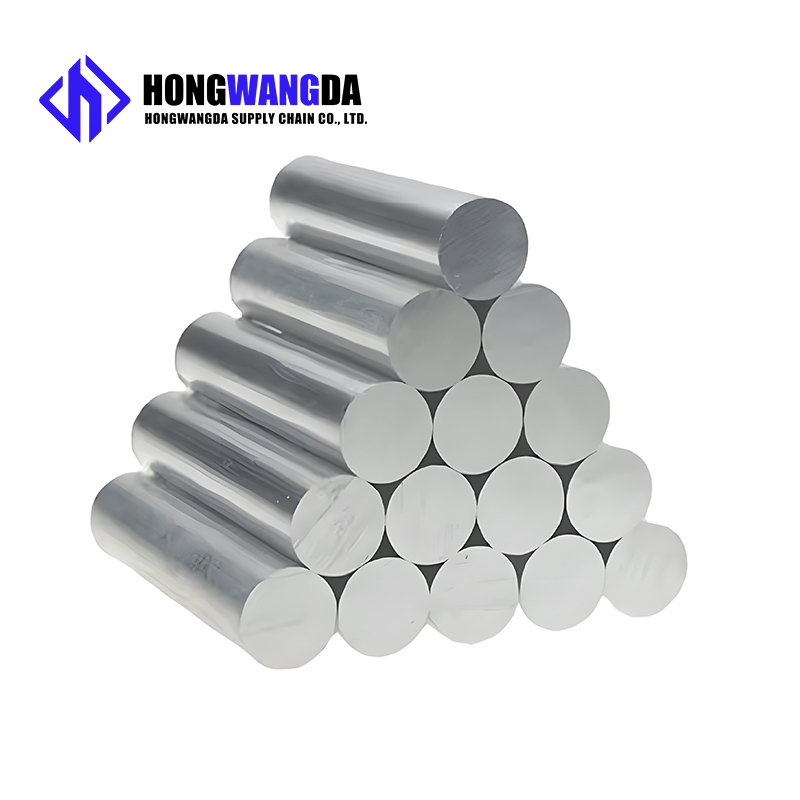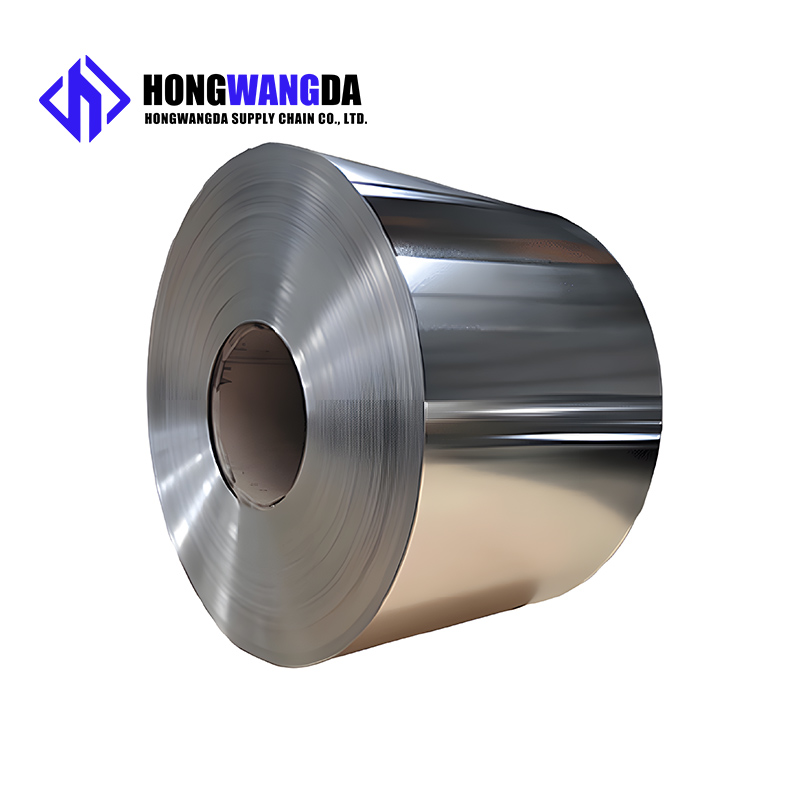◉ PRODUCT SPECIFICATION
1. Material Standards & Grades
Primary Standards:
ASTM B49 - Hot-Rolled Copper Rods
EN 12163 - Copper and copper alloys - Rod for general purposes
JIS H3250 - Copper and copper alloy rods and bars
GB/T 4423 - Copper and copper alloy rods
Common Copper Grades:
2. Chemical Composition (% by weight)
3. Mechanical Properties
4. Physical Properties
5. Product Specifications
6. Manufacturing Processes
Production Methods:
Continuous Casting and Rolling (CCR): For electrical grade rods
Extrusion: For large diameters and special alloys
Hot Rolling: For general purpose rods
Cold Drawing: For precision dimensions and smooth surface
Process Characteristics:
CCR rod diameter: 8mm, 12mm, 20mm (standard)
Surface finish: As-cast, pickled, turned, or polished
Tolerance levels: Commercial, precision, special precision
7. Surface Quality & Finish
Surface Conditions:
8. Testing & Inspection
Standard Tests:
Tensile test (ASTM E8)
Hardness test (ASTM E18)
Electrical conductivity test (ASTM B193)
Chemical analysis (Spectrometer)
Dimensional inspection
Surface quality inspection
Bend test (for specific applications)
Optional Tests:
Grain size measurement
Hydrogen embrittlement test
Stress relaxation test
Non-destructive testing
Third-party inspection
9. Applications
Electrical Applications:
Electrical bus bars and conductors
Transformer windings
Power transmission components
Electrical connectors
Circuit breaker parts
Machining Applications:
CNC machining parts
Fasteners and fittings
Valve components
Bearings and bushings
Decorative hardware
Special Applications:
Welding electrodes
Grounding rods
Heat exchanger components
Architectural elements
Artistic sculptures
◉ Surfcae selection
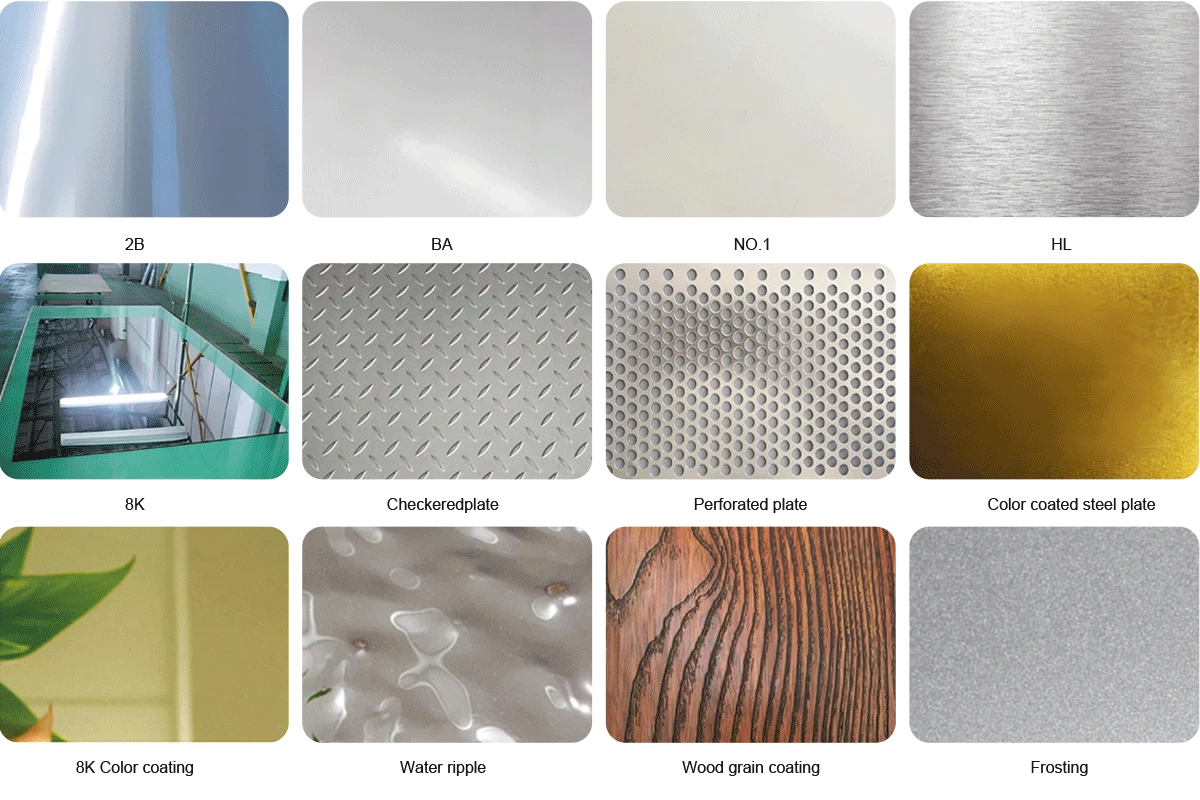
◉ PRODUCTION AND WAREHOUSING
◉ MESSAGE
◉ SIMILAR RECOMMENDED



